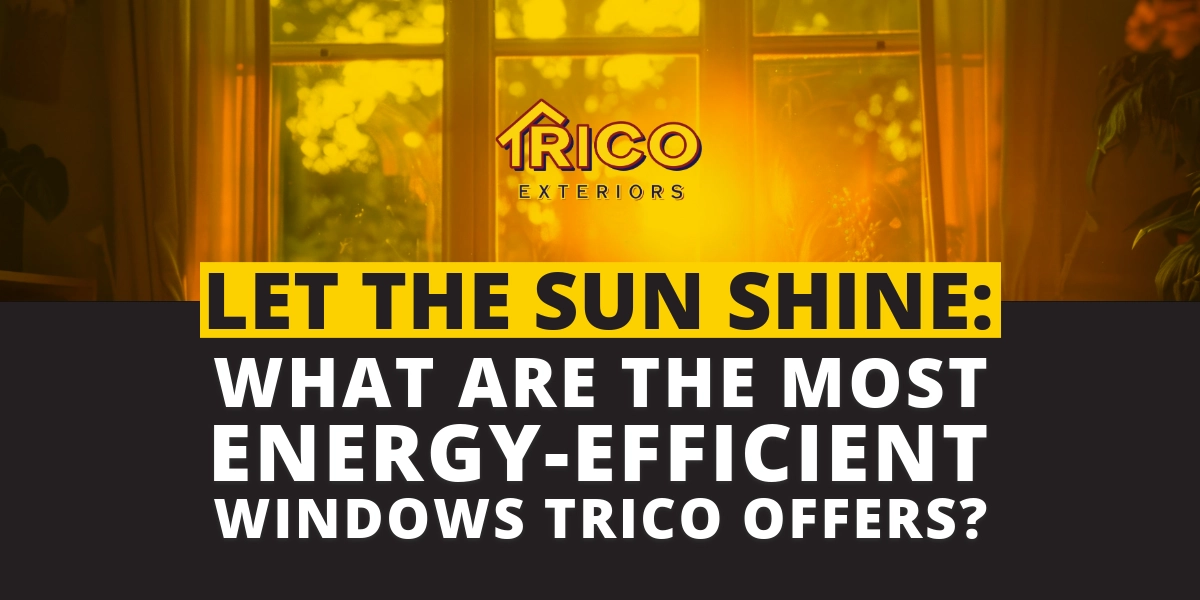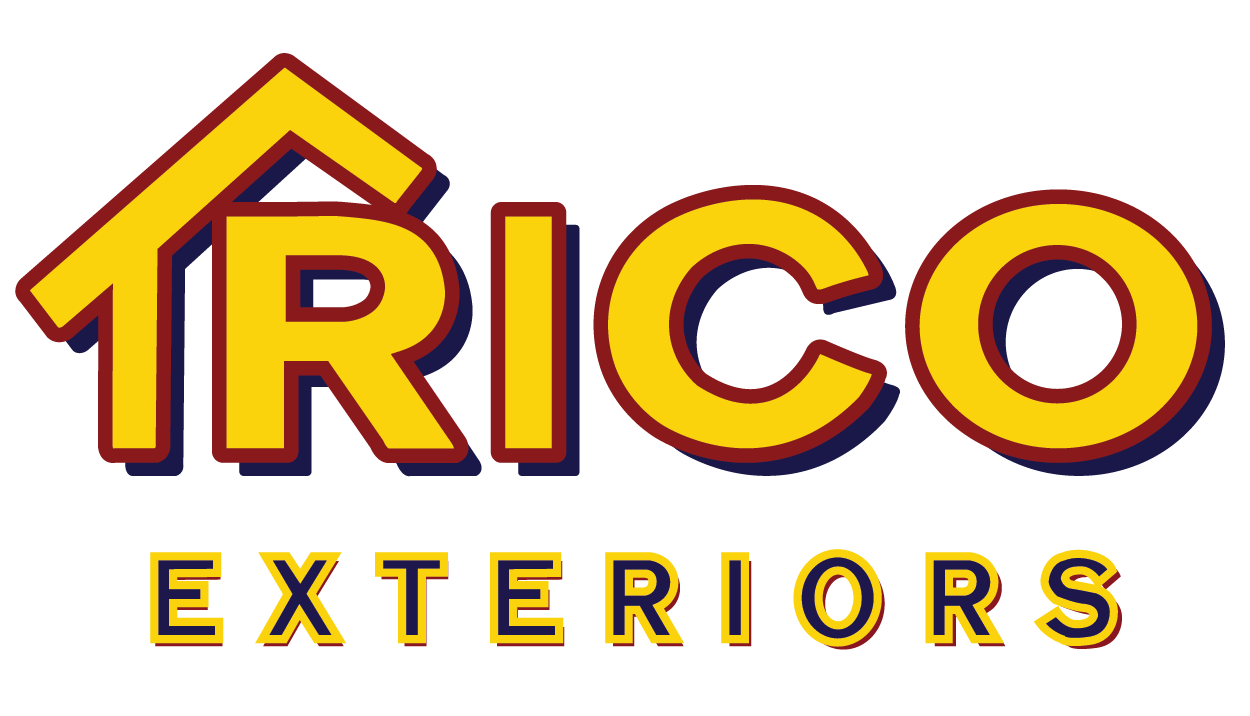
If you own a home, you will eventually need to replace your existing windows. As a homeowner, you must evaluate many options. Windows come in all shapes and sizes. Depending on the manufacturer, windows also have particular features, including an energy efficiency rating. Today, more homeowners prefer the most energy-efficient windows to ensure cost savings on heating and cooling.
Understanding The Residential Window Market
The U.S. windows market is worth over $13 billion annually. As rapid urbanization and industrialization drive the marketplace, this industry will grow nearly 4% annually through 2033 (and beyond). With such a significant market share in the home improvement sector, countless window suppliers attempt to meet the rising demand.
Homeowners have many decisions to make when choosing new or replacement windows. Generally, windows come in five materials:
- vinyl
- fiberglass
- composite
- aluminum
- wood
Each alternative has particular advantages and challenges. They also offer differing energy efficiency ratings depending on the manufacturer.
Does It Make Sense To Pursue Energy-Efficient Windows?
Energy-efficient windows are manufactured to prevent indoor air from escaping your home. That way, you achieve meaningful savings on your heating and cooling expenses. As a homeowner, you will also notice decreased electricity usage and experience more comfortable and consistent interior temperatures and humidity levels. Energy efficient windows may be a desirable selling point when selling a house, as well.
Understanding Low-E Glass
Several descriptive terms exist within the home improvement industry to differentiate between window alternatives. Low-E (i.e., low-emissivity) glass filters the amount of sunlight (in the form of UV rays) penetrating the home. Low-E glass limits heat penetration in warm months and allows heat passage in cool months.
Differentiating Between R-Value & U-Value
Window manufacturers also gauge their products on two inversely proportional metrics: R-values and U-values. A window’s R-value tracks its heat resistance, while the U-value gauges heat transfer (gain or loss) through the glass. A U-value utilizes a scale of 0.20 (better) to 1.20 (worse) to calculate how well a window insulates.
Securing An ENERGY STAR Rating
To earn an ENERGY STAR certification, a window must (i) be manufactured by a qualified ENERGY STAR partner, (ii) be independently tested and verified by the National Fenestration Rating Council (NFRC), and (iii) achieve an NFRC rating that fulfills the energy efficiency guidelines set forth by the US Environmental Protection Agency (EPA).
Benefits Of Argon Gas In Windows
Double- and triple-paned windows typically contain argon gas and are attractive options for homeowners seeking energy-efficient windows. Argon gas is colorless and odorless, so it is safe for home use. Argon gas within windows provides two advantages: (i) it insulates interior spaces, and (ii) it reduces heat transfer through the window glass.
Identifying The Most Energy-Efficient Windows
When evaluating different types of windows for energy efficiency, consider these contributing factors:
- Analyze The Window Material
The composition of the window frame makes a significant difference in the window’s energy efficiency. A well-constructed frame made of a highly durable material will perform better than an off-the-shelf alternative. Wood typically offers the best insulative value and a high energy efficiency. On the other hand, aluminum framing is not necessarily optimal for minimizing heat transfer or loss.
- Assess The Solar Heat Gain Coefficient (SHGC)
This ratio calculates the amount of solar radiation capable of passing through a window. When sunlight (in the form of UV rays) passes through a window, it can cause the home’s interior spaces to absorb the heat released. SHGC ratings range from 0 (no heat seepage) to 1 (maximum heat passage). Energy-efficient windows will have a low SHGC level to ensure minimal solar heat absorption.
- Consider The Window Design
Not all window designs provide maximal energy efficiency. Generally, double- and triple-pane windows offer higher energy efficiency than single-pane windows. Likewise, picture or fixed windows provide more energy efficiency than other styles containing more seams and moving parts (where air can penetrate more easily). Finally, argon or krypton-filled windows typically will deliver added energy efficiency.
- Measure The U-Factor
A window’s U-factor (or U-value) reveals its relative energy efficiency. It addresses how well a window will insulate against heat flow. Because the range falls between 0.20 and 1.20 for windows, manufacturers producing energy-efficient windows strive for a lower number. Generally, high-performance, energy-efficient windows will successfully achieve a U-factor of 0.30 or lower.
- Review The R-Value
R-value tracks the thermal resistance and insulating properties of windows. A window with a higher R-value indicates better insulation, slowing the heat transfer rate. Depending on where you reside (in terms of prevailing climatic conditions), the R-value of a window should meet a particular standard to ensure optimal cost savings due to lower energy consumption and diminished solar heat gain.
Hiring An Expert Window Installer
For homeowners in Charleston, SC, and surrounding areas, Trico Exteriors provides exceptional window services using the highest quality products from Simonton Windows, a leader in the industry. As an ENERGY STAR partner, we know the intricacies of proper energy-efficient window installation.
Don’t risk your next window replacement project with a novice or a contractor lacking the required credentials, connections, or know-how. Choose this region’s leading window service provider. Contact us today to schedule an appointment and receive a free estimate on your next window installation.




